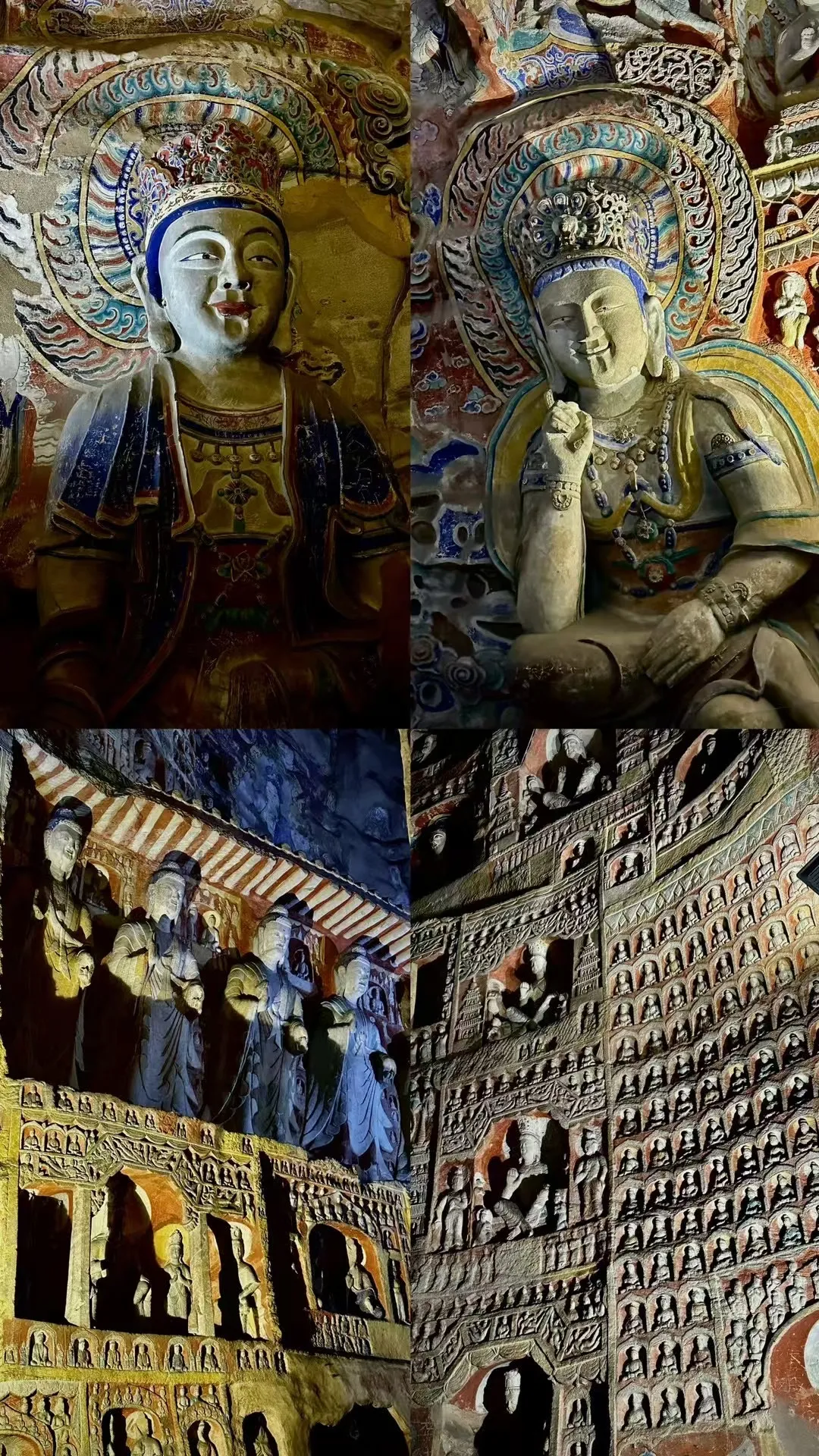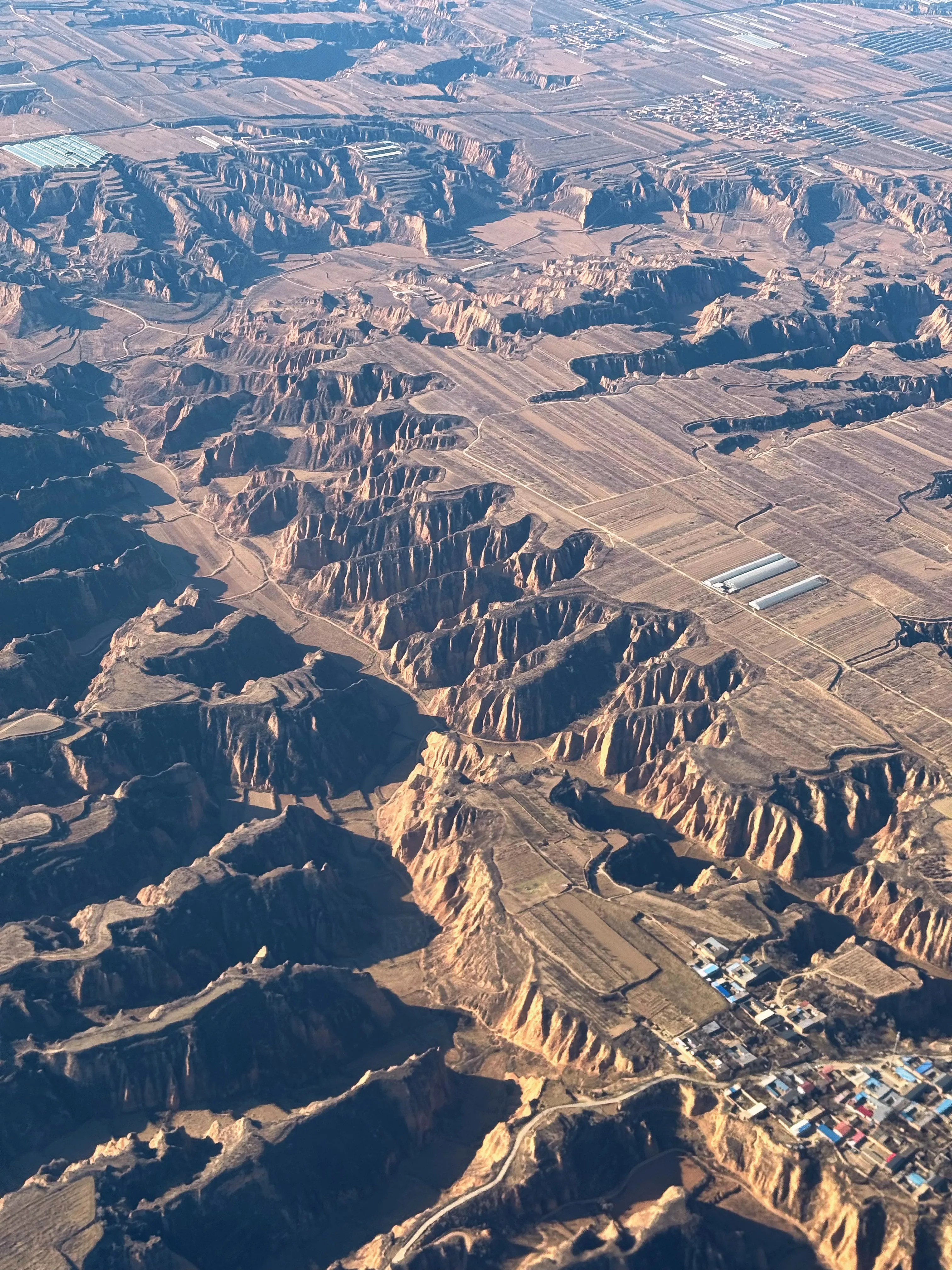From December 6th to 9th, our team embarked on an exciting four-day journey to Shanxi, a destination chosen not only for its rich cultural heritage but also because of its connection to the popular video game Black Myth: Wukong. The trip was a perfect blend of history, culture, and video game fantasy, offering our team both a cultural deep dive and a visual journey into the world of Wukong.
After a two-hour flight, we arrived in Taiyuan, the capital of Shanxi, and headed straight to Pingyao city. Our first stop was the Qiao Family Compound, a stunning example of a Shanxi merchant’s mansion that once served as the shooting location for Zhang Yimou’s iconic film Raise the Red Lantern. The compound's grand courtyards, detailed wood carvings, and imposing stone lions evoke the elegance and complexity of the film's setting. As we wandered through the intricately designed halls and rooms, we couldn’t help but imagine the vibrant, historical drama that once unfolded in this very place.


Next, we visited Shuanglin Temple, with its intricate murals and stone carvings. This ancient temple, surrounded by towering trees and tranquil ponds, exuded a sense of serenity and mysticism. The spiritual ambiance here reminded us of the game's sacred temples, where players encounter divine forces and supernatural beings.


As evening fell, we returned to Taiyuan for dinner. The day had been filled with rich history, and the team shared excitement about seeing the sights that inspired the game’s epic landscapes.
The second day’s journey took us to some of Shanxi’s most impressive landmarks. We started at the Yingxian Wooden Pagoda, the tallest wooden structure in the world.

Standing at the base of this towering pagoda, we couldn’t help but imagine it as the kind of massive structure found in the game, where players face towering, ancient gods or encounter sacred relics. The pagoda, surrounded by lush forests and distant mountains, created a stunning scene that mirrored the mystical environments players explore in Black Myth: Wukong.

Next, we visited Hunyuan's Hanging Monastery, dramatically perched on the side of a cliff. As we stood at the edge, gazing out over the vast valley below, it felt as if we were in one of the game’s intense, vertical climbs, where a hero must leap and navigate treacherous paths. The monastery’s precarious position made us think of the game's challenges, where the line between reality and myth is constantly blurred.

In the evening, we arrived in Datong, where the local cuisine added another layer to our adventure. The experience felt like we had been transported to a virtual world, where the setting, culture, and history all combine to create a truly immersive journey.

The third day brought us deeper into the heart of Shanxi's spiritual and historical sites, many of which served as direct inspirations for some of the game’s most epic scenes.
Our first stop was Huayan Temple, an ancient Buddhist temple filled with intricately carved statues and stone reliefs. The temple’s peaceful atmosphere and towering statues reminded us of similar sacred places in Black Myth: Wukong, where the protagonist faces divine challenges and encounters spirits of the past. The grandeur of Huayan Temple, with its vast courtyards and towering gates, felt like stepping into one of the game's grand, awe-inspiring temples.


After lunch, we visited the Yungang Grottoes, a UNESCO World Heritage site, famous for its thousands of Buddhist statues carved into the cliffs. As we explored the vast network of caves, with Buddha statues rising like giants from the stone, it was impossible not to draw parallels with the game's visually striking cliffside shrines, where the protagonist encounters monumental statues and deities in a landscape that blurs the line between the real and the mythical.



The final stop of the day was Shanhua Temple, where the quiet serenity allowed us to reflect on the deeper meanings of the trip. The Buddhist teachings and rich atmosphere echoed the deep, philosophical undertones of Black Myth: Wukong, where heroes not only battle external forces but also face their inner struggles.

On the fourth and final day, we made our way back to Taiyuan for our flight home, each of us reflecting on how the journey through Shanxi had enhanced our understanding of both the real and the mythic world. The landscapes, temples, and historical sites we visited were not only steeped in centuries of tradition, but they also felt like places we could have explored in Black Myth: Wukong.


As our plane ascended, we looked out over the vast, mountainous landscape below. In that moment, it felt as though we were still part of the epic world we had explored — a world where history, myth, and the future all intertwine.
This trip to Shanxi, much like the game that inspired it, was more than just a journey through physical space. It was a chance to immerse ourselves in the beauty and mystery of a region that feels timeless, a place where every mountain, temple, and stone tells a story that transcends generations. It was a journey that reminded us that both the real and the imagined have the power to shape our understanding of the world.
Copyright © 2017.Returnstar Interactive Technology Group Co., Ltd All rights reserved.
